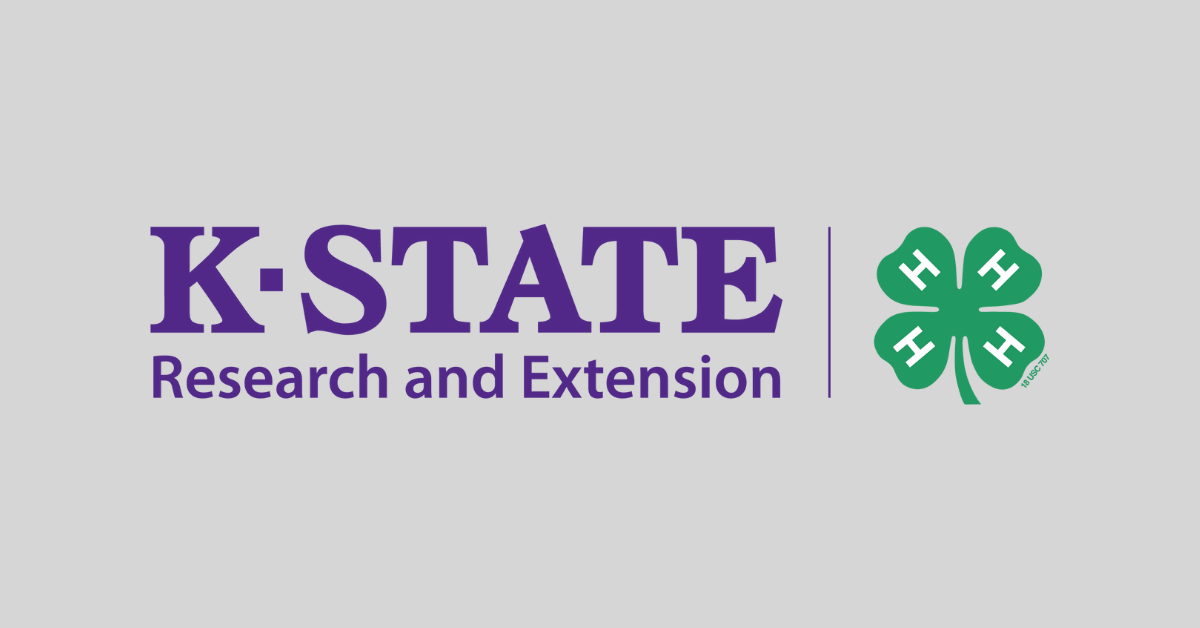
Column: 4-H member recounts path to the Kansas State Fair
Sept. 13, 2022
Editor’s note: Annika Wiebers is currently president of the Kansas 4-H Youth Leadership Council.
By Annika Wiebers, K-State Research and Extension news service
It’s state fair season once again, and with that comes a lot of nerves, excitement and nostalgia. I first visited the Kansas State Fair when I was 2 or 3 years old, and I have been to the state fair most years since then.
The first time I ever exhibited a project at the state fair was when I was 9 years old. I took a silky blue dress that I made with help from my grandma. I was so proud that I could produce high enough quality work to even qualify, and it was even more fun to search through the displays to see it in Centennial Hall, one of the buildings that features 4-H projects.
Since then, I have qualified to exhibit a sewing project every year as well as an assortment of foods, photography and fiber arts items.
Even though I have exhibited at the state fair for several years, I’ve still had many “firsts” more recently. For example, I exhibited larger livestock for the first time last year. I showed sheep for the first time when I was 15. The first couple years, my family decided that the state fair was beyond the scope of our abilities in showing larger animals, but last year we finally gave it a try. It was so much fun to show with my friends from other counties, but it was also a lot more work.
The biggest challenge I’ve faced with entering projects in the state fair is continuing to make improvements after the county fair. For many people, myself included, the tendency is to think that our work is done after we qualify at their county fair, but in my experience, the people who do best at the state fair are almost always the ones who keep working hard and applying feedback they received at the county level.
This is especially important with livestock, which must maintain a healthy body weight, while as the caretaker, the 4-H member must keep refining your and the animals’ showing skills. But even for static exhibits, improving the project after the county fair can make a huge difference.
If a foods judge thinks your lemon bread needs more lemon flavor, experiment with different ingredients and amounts to see what gets the best results. If a sewing judge suggests a better kind of seam finish, try it out on scrap fabric to see if it will work for your project.
Advice from judges is an amazing yet extremely underutilized resource, and I think part of the reason for that is timing. County fairs are during the summer when there is no school or school sports and many other activities are taking a break. The state fair takes place about a month into the school year when life has really gotten crazy again. It takes much more discipline to carve time out of a busy schedule to keep working on projects that are already “good enough.” This is without a doubt the biggest challenge I face when getting ready for the state fair each year.
Even though it’s a lot of hard work, exhibiting at the state fair is such a worthwhile experience and I would highly recommend it to any 4-Her who’s not sure if they want to.
And to those of you who aren’t in 4-H, come visit us! You will see the fruits of months of labor and the culmination of all our hard work.
As I participate in my last state fair, one thing I’m sure of is that I would gladly do it all again.

